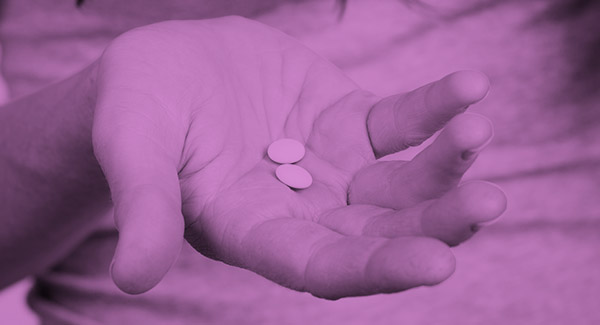Osteoarthritis of the Back/Spine
Spinal OA can make it hard to get around. Treatment can ease your back pain.
By Jennifer Cuthbertson
Osteoarthritis (OA) is the most common form of arthritis that affects the back. It can occur anywhere along the spine. Usually the low back and sometimes the neck are affected.
In OA, the cartilage that pads the ends of the bones wears down. In spinal OA, this occurs in the facet joints – small joints located between and behind vertebrae.
When you move, the bones rub together painfully. Bony growths (called spurs) form in the joints. These spurs can press on nerves, causing more pain.
Causes of Back/Spine OA
The cause of OA is unknown. Some common factors that play a role in OA include:
- Age: The older you are the greater your chance of having OA.
- Weight: People who are overweight are more likely to have OA.
- Stress: Repeated joint stress from work or sports can increase your risk.
- Injury: A back injury can lead to OA.
- Genetics: Some people have a family history of OA.
Symptoms of Back/Spine OA
Symptoms usually start slowly and get worse as time goes by. Pain and stiffness may be worst when you first wake up or after sitting for a long time. Pain can also get bad after being very active.
- Stiffness and a loss of flexibility: Turning your neck or straightening your back may be tough.
- Pain: Your low back is the most common site of pain.
- Crepitus: You may have a feeling of grinding when moving.
- Tenderness and swelling: Your back along the affected joints may be sore to the touch.
Diagnosing Back/Spine OA
To find out of you have OA in your back, your doctor will talk with you and examine your body. They will probably order an X-ray to look for damage to the joints in your spine. They may also order blood tests to rule out other diseases.
Treatments for Back/Spine OA
The damage caused by OA cannot be reversed. Treatment is focused on easing pain and keeping you mobile.
Non-Drug Treatments
- Lose weight (if needed) to take pressure off your back.
- Change activities to ones that don’t put as much stress on your back.
- Go to physical therapy to improve your muscle strength and ability to move your spine.
- Try acupuncture or massage for pain relief.
Drug Treatments
- Non-steroidal anti-inflammatory drugs (NSAIDs; Advil, Aleve) and acetaminophen (Tylenol) can control pain.
- Steroids (glucocorticoids) may be injected into the back for short-term relief.
Surgical Treatments
If nothing else helps your pain, your doctor may recommend surgery. Surgery might be used to:
- Take pressure off the spinal cord and free nerve roots from bone spurs that are pressing on them.
- Fuse several segments of the spine together to stabilize it.
Sources
Goode AP, et al. Low back pain and lumbar spine osteoarthritis: How are they related? https://www.ncbi.nlm.nih.gov/pmc/articles/PMC3606549/
Osteoarthritis. https://www.mayoclinic.org/diseases-conditions/osteoarthritis/symptoms-causes/syc-20351925
Spinal arthritis (arthritis in the back or neck). https://www.hopkinsmedicine.org/health/conditions-and-diseases/spinal-arthritis
Diagnosed With Osteoarthritis?
Get the latest news and tips about living with OA in the Living Your Yes! e-newsletter.


